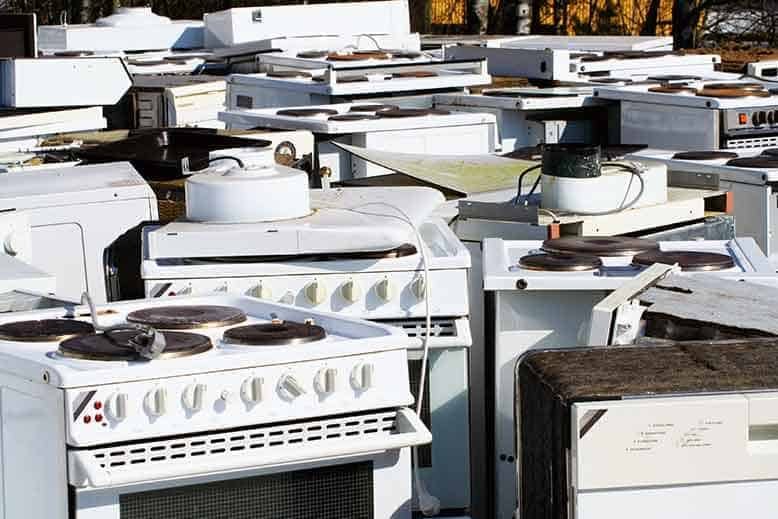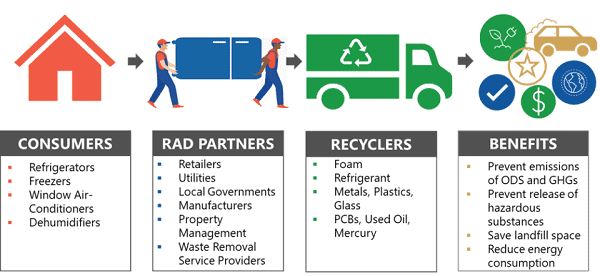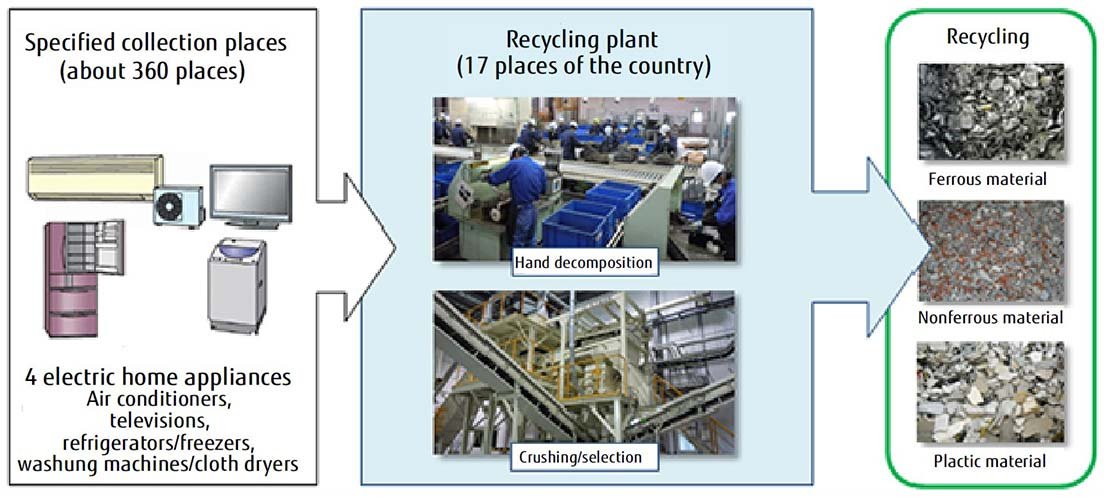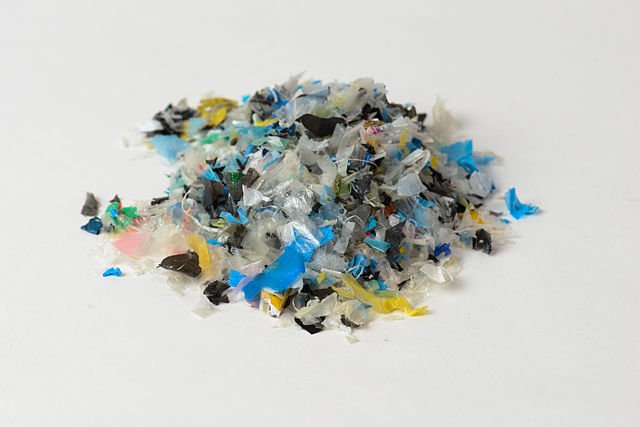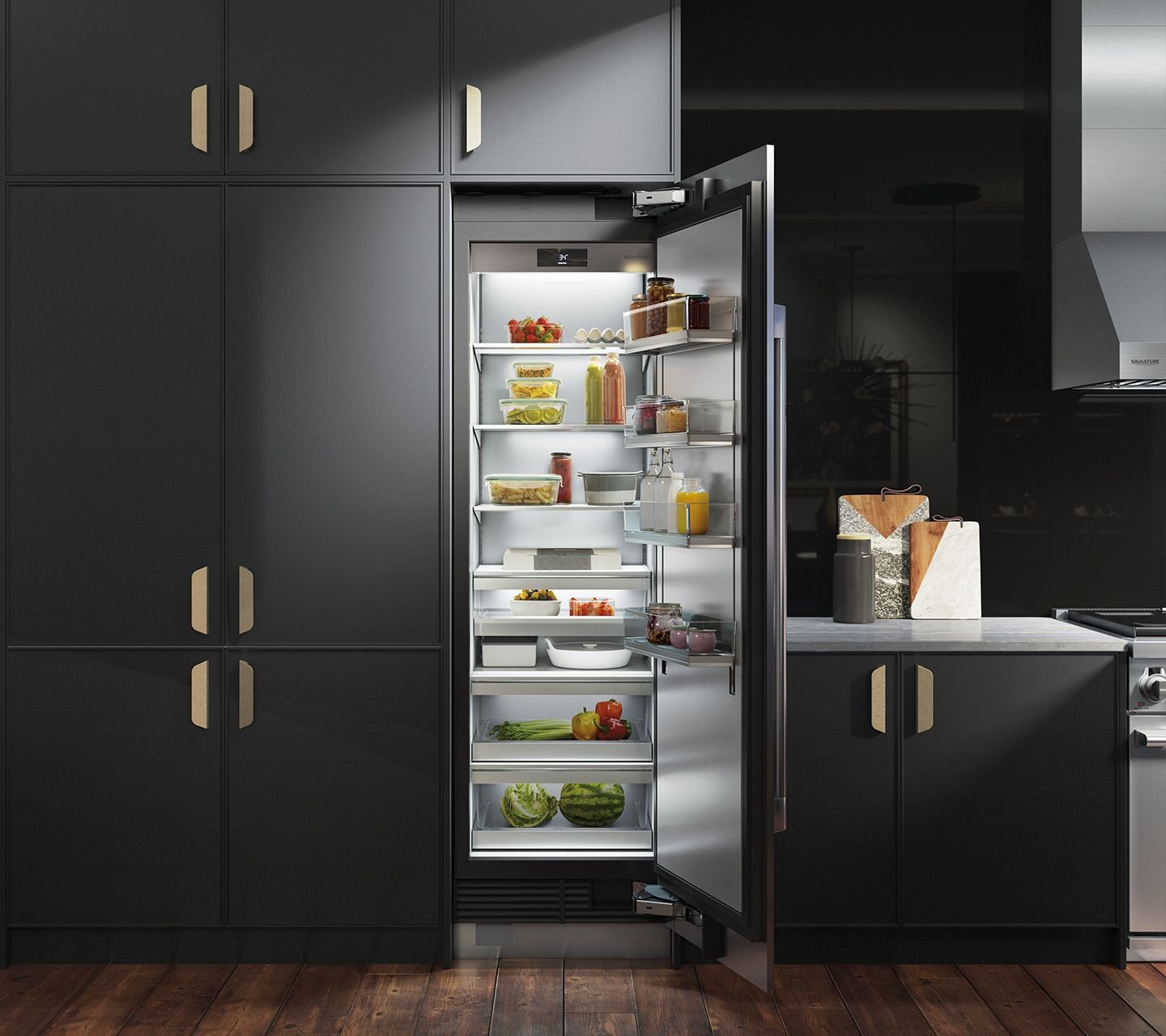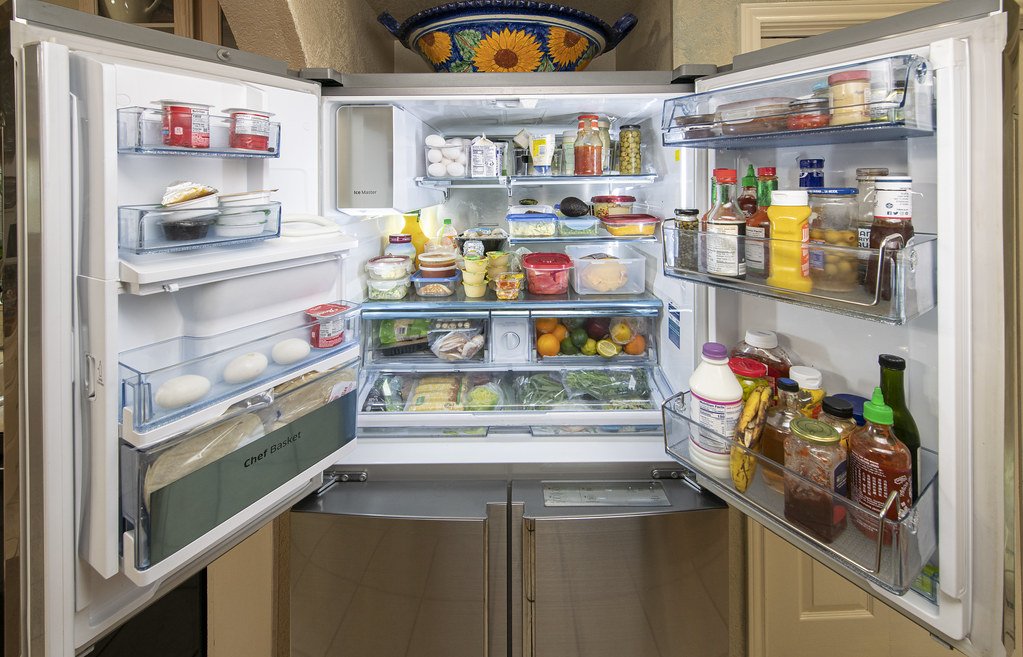Beyond Suds and Rinses:Tailoring Your Dishwasher Choice to Fit Your Lifestyle
We are not often the ones to tell you to give up on a dishwasher that works. After all, one of our key mottos is that we will keep trying to fix something until you tell us to stop, so long as it is fixable.* So why would we, clients rescue services, tell you to replace your dishwasher? Well, there are a few circumstances where it's just necessary.
Choosing a Dishwasher for a Bustling Household
If your family has recently grown by two or three people, congratulations! Whether it's a marriage, birth, or family moving in, when you add more people to your household, your dishwasher is going to be used much more often. And that four-setting dishwasher that you had before isn't going to be able to handle now having a family of six or more, at least not without being run multiple times in a day. At this point, you might look into a larger model with more features to help deal with all of the dishes that you now need to get done.
You might look at features such as fold-down tines or rows to add in space and ensure everything gets cleaned. Cooking for larger groups also includes larger pots, so an adjustable or free-flex rack can help get dinner dishes taken care of quickly. Info lights and auto-release doors are features that we adore as they let you know if your dishwasher is done and ready to unload. (Honestly, these are just the tip of the iceberg when it comes to features, but they are some of the most useful in our opinion.)
Compact Dishwashers: Small Size, Big Efficiency
The flip side to that is if you're downsizing your home, potentially an equally joyous time. It might be that the kids have all survived to adulthood and are starting their own homes. It might be that you're living on your own for the first time, and you don't need a large dishwasher. Or it might be that you're outfitting a mother-in-law suite. Whatever the case, you don't always need a full-size dishwasher. Instead, you can consider how many people you're doing dishes for and whether a compact dishwasher might not serve you better.
So this would lead you to question what is a setting, and what is the smallest dishwasher I can use? So according to the Association of Home Appliance Manufacturers, a full setting includes the following: a large dinner plate, bowl, knife, small snack plate, coffee cup, two teaspoons, a saucer, drinking glass, dinner fork, and a salad fork. Most dishwashers on the market can fit between 10 and 12 full settings and are approximately 24 in. A compact dishwasher fits a setting and is typically only 18 in as of the time of writing. While there are other even more compact dishwashers, such as one that can be set up in your sink, we advise against those. As of yet, the engineering in them is not the best, and we cannot guarantee your dishes coming out clean or in one piece.
Beyond the Bills: Energy and Water Efficiency in Dishwashers
Or if you're struggling with an exorbitant energy bill or water bill, you might want to look into a new model to replace your old workhorse. Just because it still runs perfectly doesn't mean that it's still serving you best. As we've talked about many times, with every passing year, companies are making more efficient dishwashers. If you want to learn more about energy-efficient dishwashers, we'll share our post going into what defines energy and water efficiency and how to find them, in the Additional Reading section at the end.
Deciphering Decibels: Finding Your Ideal Sound Level
If your current dishwasher can wake the dead… Maybe you have a new baby in the house, or you have somebody who's ill and needs as much sleep as they can get. If it's not a matter of something being faulty, a new dishwasher might be a better choice.
While dishwashers used to average about 60 decibels, we've come down to 45 to 50 being the standard, with some models being as quiet as 30 decibels. To better illustrate that an older dishwasher would be around the level of a loud vacuum, the average for modern dishwashers is about as loud as typing on your keyboard, and 30 decibels would be someone whispering near you. Additionally, modern dishwashers are designed with advanced noise reduction technology built into the frame. This might mean additional soundproofing; this might mean better-joined components, whatever it is, the manufacturers are working on making them quieter with every generation. More recently, however, the dishwasher space has changed. Where older models averaged about 60 decibels—just below the sound level of a vacuum—modern dishwashers average between 45 to 50 decibels, which is about as loud as typing on a keyboard. It’s not completely silent, but also not loud enough to wake someone up.
Signs It's Time to Let Go: Beyond the Obvious Breakdowns
Or in the rare cases when we've tried everything, and we have to say we can't fix it. It's not often, but occasionally we do run into appliances that we can't fix, or getting the parts to fix them is worth more than purchasing an entirely new model. While we are always eager to help keep your home running smoothly, we do understand having to balance your checkbook against practicality.
We will always try our best to keep your home running smoothly. Whether it's your dishwasher giving you fits or your washer isn't draining properly, Appliance Rescue Service is here for you. You can get hold of us via our website or by giving us a call at ( (214) 599-0055). We'll work with you to find a date and time that works for your schedule and send one of our expert technicians to get the job done right.
*If something is shattered on the floor or has met its demise in an irreparable state, we reserve the right to reconsider our stance—because even we can't work miracles on shattered dreams or appliance ghosts.
Additional Reading
5 Energy Efficient Dishwashers For Your Home





